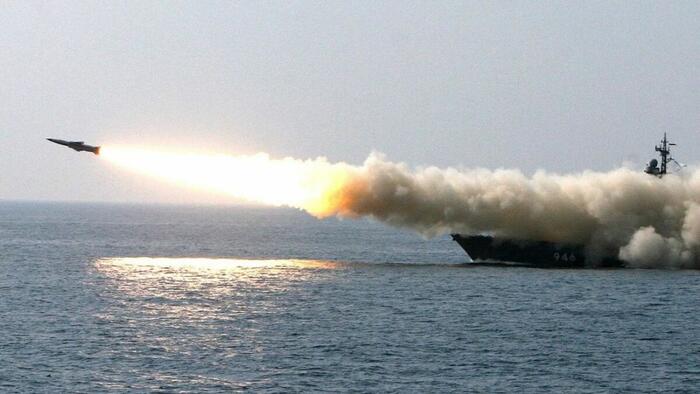On Thursday, President Vladimir Putin made a significant statement in response to Ukraine’s long-range missile strikes inside Russian territory, claiming these actions are escalating the conflict into a potential global war. Putin specifically mentioned the assault involved British-made Storm Shadow missiles and American HIMARS systems targeting military facilities in Russia’s Bryansk and Kursk regions. He warned that the escalation driven by Western nations has turned the regional conflict into one with global implications. Putin emphasized that these Western systems could not operate without the involvement of military experts from the West and stated that any incoming missiles had been successfully intercepted by Russian defenses, with minimal impacts on Russian military operations. He expressed a firm stance that the ongoing conflict would not allow Western weapons to alter the dynamics in Ukraine.
This development seems to follow Ukraine’s assertion of being attacked by an intercontinental ballistic missile (ICBM), a claim that has generated a debate regarding the type of missile employed by Russia. Initial reports suggested that the missile used might have been an experimental intermediate-range ballistic missile rather than a true ICBM. US officials indicated that although it appeared to be a new type of missile tracked in recent times, Zelensky’s assertion regarding its capabilities was likely exaggerated to garner more Western support and military intervention against Russia at a crucial juncture in the conflict. This reflects a heightened sense of urgency within Ukraine to amplify the perceived threat from the Russian military.
The apparent escalation of military activity on both sides highlights a troubling shift in the strategic landscape. Following Ukraine’s recent strikes using advanced Western missile systems, Russia’s reported use of an ICBM against the central city of Dnipro signifies a notable increase in the volatility of the conflict. According to various military analysts, this missile, the RS-26 Rubezh, has capabilities to reach major European capitals and serves as a clear signal from Moscow in response to Ukraine’s long-range capabilities. While the missile in question was employed in a conventional role, its implications—especially with the potential for nuclear application—cannot be overlooked in the current context of heightened tensions.
Experts interpret Russia’s missile launch as a dual purpose: operational as well as psychological. There’s a consensus that using such high-capacity systems sends a significant message to Ukraine and its allies regarding the serious consequences of escalation. Malcolm Davis from the Australian Strategic Policy Institute argues that the missile attack is a bold statement to deter further Western support for Ukraine, serving as a reminder of Russia’s nuclear capabilities. As the conflict evolves, it becomes increasingly crucial for the Western allies to engage thoughtfully with their assistance policies, ensuring any support does not inadvertently provoke a disproportionate response from Russia.
The situation presents a critical predicacy where the Biden-Harris administration’s policies, including allowing Ukraine to access advanced missile systems, could lead to a dramatic escalation in military responses from Russia. Despite calls for diplomacy and resolution, the intertwining of military capabilities and political maneuvering raises significant concerns about the stability of Europe and global security. Meanwhile, the closing of the US Embassy in Kyiv further indicates a recognition among US officials of the deteriorating situation and a cautious approach to engaging with Ukraine amid ongoing military actions.
The geopolitical landscape reveals a concerning trend where public perception and investment sentiment begin to reflect increasing anxiety regarding the conflict. As the market responds to signals of potential escalations—such as betting on the likelihood of a nuclear detonation in 2024—the ramifications of these military actions stretch beyond the battlefield into the economic and social realms. The culmination of these events presents an uncertain future for both Ukraine and Russia, with the potential for miscalculations and unintended consequences looming large as they navigate this precarious path.

